A cemetery is probably not the first thing that comes to mind when one is planning a visit to a new city, especially if that person is interested in local art and history. Oddly enough, Recoleta Cemetery in Buenos Aires attracts many visitors a day for exactly those reasons.
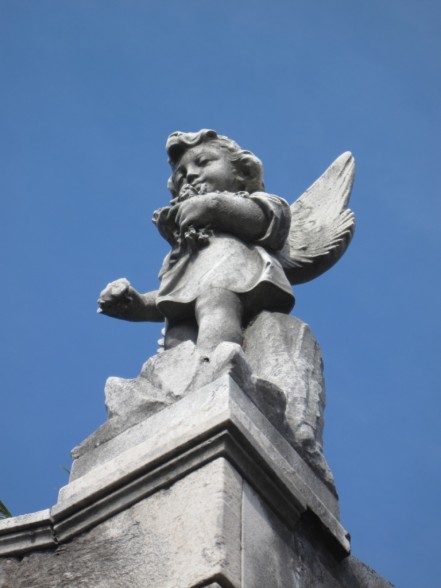
The cemetery was opened in November, 1822 – making it the oldest in the city – on land that belonged to the Augustine monks. The monks, known as recoletos, had been expelled after some changes were made to their Order. Although the monks left, their name stayed: the whole area of Recoleta is named after them. Only Christians could be interred there until 1863, when President Mitre decreed the cemetery open to people of all religions.
Recoleta Cemetery covers an area of 5.5 hectares (13.6 acres) right in the middle of one of the most upscale neighbourhoods. Real estate, both inside and around the cemetery, is very pricey.
The cemetery is like an open-air museum or a Who is Who of Argentinean society. Its residents include members of the richest families, former presidents, military heroes, politicians, artists, sportsmen and even Antarctic explorer!
The mausoleums are works of art that reflect the fashion and beliefs of the period in which they were built, like Art Deco, Art Nouveau or Neo Gothic. Some of those mausoleums have been declared Patrimonio Histórico Nacional (Historic Heritage)
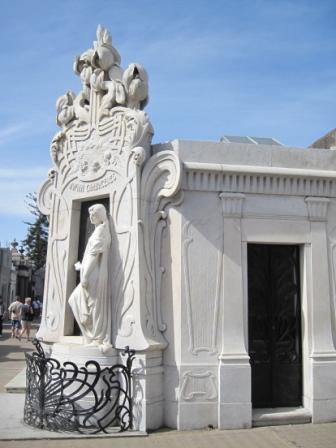
Ironically, people who were sworn enemies in life ended up sharing their eternal resting place. For example, Evita Perón, whose mausoleum is one of the most sought-after, is not far from her husband’s nemesis, General Eduardo Lonardi (who led the revolution that ousted Perón in 1955)
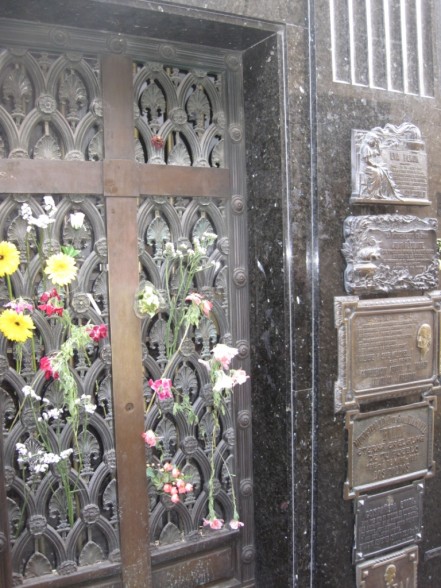
There are free guided tours every day in Spanish and English. The guides will surely mention some of the most famous urban legends that arose from the cemetery. Take Salvador Maria del Carril and his wife Tiburcia. Rumour has it she was a strong-willed woman who liked to spend her husband’s money. One day he decided not to honour her debts, they had a colossal row and never talked to each other again. Mrs del Carril decided that they would not talk to the rest of eternity either and designed their mausoleum in such a way that their statues would turn their back on one another. Only they know what really happened.
Read more
Ceibo, Argentina’s national flower
Camila O’Gorman, the romantic heroine of Argentina
Rebecca de Caro, a Denver native in love with Argentinean food and culture

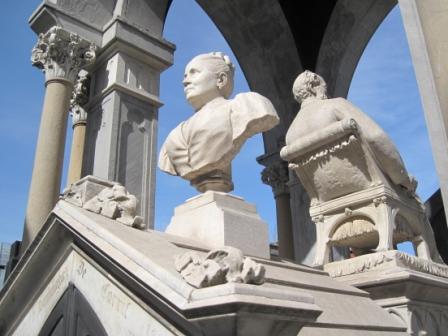

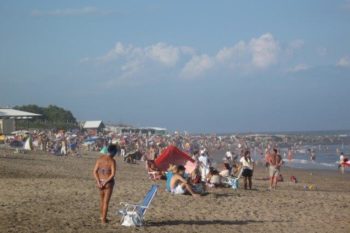
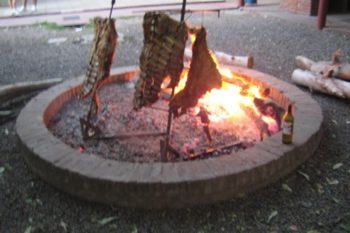

Thank for your post.